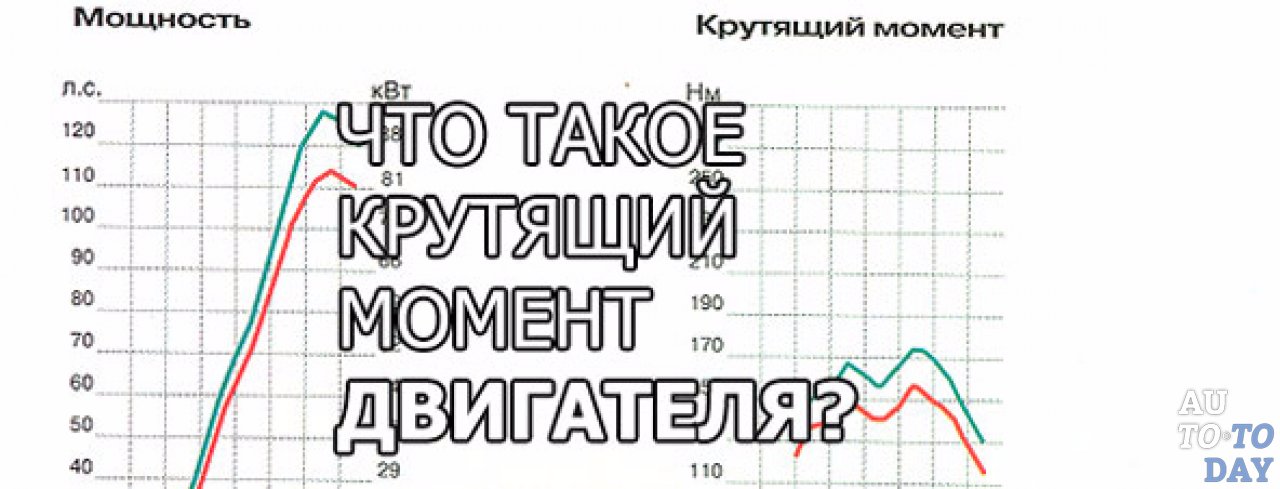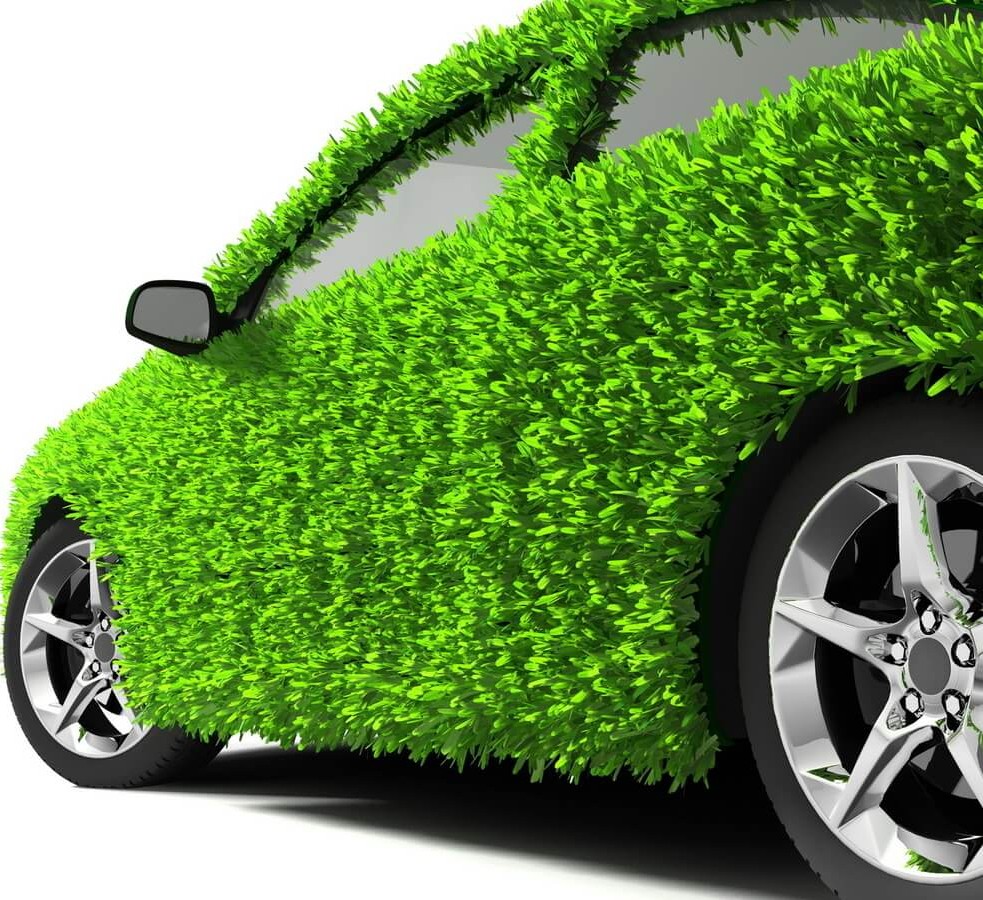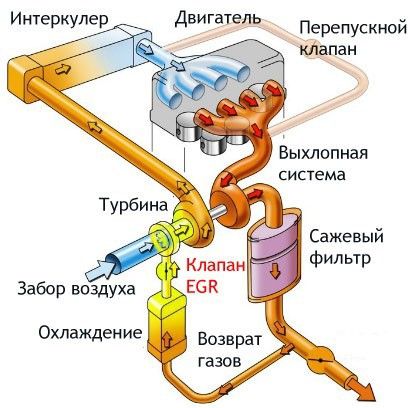
How to measure the torque (torque) of your car
Content
Torque is proportional to horsepower and varies depending on the vehicle and its features. Wheel size and gear ratio affect torque.
Whether you're buying a new car or building a hot rod in your garage, two factors come into play when determining engine performance: horsepower and torque. If you're like most do-it-yourself mechanics or car enthusiasts, you probably have a good understanding of the relationship between horsepower and torque, but you might find it difficult to understand how those "foot-pound" numbers are achieved. Believe it or not, it's actually not that hard.
Before we get into the technical details, let's break down some simple facts and definitions to help you understand why both horsepower and torque are important factors to consider. We must start by defining the three elements of internal combustion engine performance measurement: speed, torque, and power.
Part 1 of 4: Understanding How Engine Speed, Torque, and Power Affect Overall Performance
In a recent article in Hot Rod magazine, one of the greatest mysteries of engine performance was finally solved by going back to the basics of how power actually counts. Most people think that dynamometers (engine dynamometers) are designed to measure engine horsepower.
In fact, dynamometers do not measure power, but torque. This torque figure is multiplied by the RPM at which it is measured and then divided by 5,252 to get the power figure.
For over 50 years, the dynamometers used to measure engine torque and RPM simply couldn't handle the high power these engines generated. In fact, one cylinder on that 500 cubic inch nitro-burning Hemis produces roughly 800 pounds of thrust through a single exhaust pipe.
All engines, whether internal combustion engines or electric ones, operate at different speeds. For the most part, the faster an engine completes its power stroke or cycle, the more power it produces. When it comes to an internal combustion engine, there are three elements that affect its overall performance: speed, torque, and power.
Speed is determined by how fast the engine does its work. When we apply motor speed to a number or unit, we are measuring the motor speed in revolutions per minute or RPM. The "work" an engine does is the force applied over a measurable distance. Torque is defined as a special kind of work that produces rotation. This occurs when a force is applied to the radius (or, for an internal combustion engine, the flywheel) and is usually measured in foot-pounds.
Horsepower is the speed at which work is done. In the old days, if objects needed to be moved, people usually used a horse to do this. It has been estimated that one horse could move at about 33,000 feet per minute. This is where the term "horsepower" comes from. Unlike speed and torque, horsepower can be measured in several units, including: 1 hp = 746 W, 1 hp = 2,545 BTU and 1 hp = 1,055 joules.
These three elements work together to produce engine power. Since the torque remains constant, speed and power remain proportional. However, as the engine speed increases, the power also increases to keep the torque constant. However, many people are confused about how torque and power affect the speed of an engine. Simply put, as torque and power increase, so does the speed of the engine. The reverse is also true: when torque and power decrease, so does the speed of the engine.
Part 2 of 4: How Engines Are Designed for Maximum Torque
A modern internal combustion engine can be modified to increase power or torque by changing the size or length of the connecting rod and increasing the bore or cylinder bore. This is often referred to as the ratio of bore to stroke.
Torque is measured in Newton meters. Simply put, this means that the torque is measured in a 360 degree circular motion. Our example uses two identical engines with the same bore diameter (or combustion cylinder diameter). However, one of the two engines has a longer "stroke" (or cylinder depth created by the longer connecting rod). A longer stroke engine has a more linear motion as it rotates through the combustion chamber and has more leverage to accomplish the same task.
Torque is measured in pound-feet, or how much "torque" is applied to complete a task. For example, imagine you are trying to loosen a rusty bolt. Suppose you have two different pipe wrenches, one 2 feet long and the other 1 foot long. Assuming you are applying the same amount of force (50 lb pressure in this case), you are actually applying 100 ft-lbs of torque for a two-foot wrench (50 x 2) and only 50 lbs. torque (1 x 50) with a single leg wrench. Which wrench will help you unscrew the bolt more easily? The answer is simple - the one with more torque.
Engineers are developing an engine that provides a higher torque-to-horsepower ratio for vehicles that need extra "power" to accelerate or climb. You typically see higher torque figures for heavy vehicles used for towing or high performance engines where acceleration is critical (such as in the NHRA Top Fuel Engine example above).
That's why car manufacturers often highlight the potential of high-torque engines in truck ads. Engine torque can also be increased by changing the ignition timing, adjusting the fuel/air mixture, and even increasing the output torque in certain scenarios.
Part 3 of 4: Understanding Other Variables Affecting Overall Motor Rated Torque
When it comes to measuring torque, there are three unique variables to consider in an internal combustion engine:
Force Generated at Specific RPM: This is the maximum engine power generated at a given RPM. As the engine accelerates, there is an RPM or horsepower curve. As the engine speed increases, the power also increases until it reaches the maximum level.
Distance: This is the length of the stroke of the connecting rod: the longer the stroke, the more torque is generated, as we explained above.
Torque Constant: This is a mathematical number that is assigned to all motors, 5252 or a constant RPM where power and torque are balanced. The number 5252 was derived from the observation that one horsepower is equivalent to 150 pounds traveling 220 feet in one minute. To express this in foot-pounds of torque, James Watt introduced the mathematical formula that invented the first steam engine.
The formula is as follows:
Assuming a force of 150 pounds is applied to one foot of radius (or a circle that is inside the cylinder of an internal combustion engine, for example), you would have to convert this to foot-pounds of torque.
220 fpm needs to be extrapolated to RPM. To do this, multiply two pi numbers (or 3.141593), which equals 6.283186 feet. Take 220 feet and divide by 6.28 and we get 35.014 rpm for each revolution.
Take 150 feet and multiply by 35.014 and you get 5252.1, our constant that counts in foot-pounds of torque.
Part 4 of 4: How to calculate car torque
The formula for torque is: torque = engine power x 5252, which is then divided by RPM.
However, the problem with torque is that it is measured in two different places: directly from the engine and to the drive wheels. Other mechanical components that can increase or decrease torque rating at the wheels include: flywheel size, transmission ratios, drive axle ratios, and tire/wheel circumference.
To calculate wheel torque, all of these elements must be factored into an equation that is best left to the computer program included in the dynamic test bench. On this type of equipment, the vehicle is placed on a rack and the drive wheels are placed next to a row of rollers. The engine is connected to a computer that reads the engine speed, fuel consumption curve and gear ratios. These numbers are taken into account with the wheel speed, acceleration, and RPM as the car is driven on the dyno for the desired amount of time.
Calculating engine torque is much easier to determine. By following the formula above, it becomes clear how engine torque is proportional to engine power and rpm, as explained in the first section. Using this formula, you can determine the torque and horsepower ratings at each point on the RPM curve. In order to calculate torque, you need to have the engine power data provided by the engine manufacturer.
Some people use the online calculator offered by MeasureSpeed.com, which requires you to enter the maximum engine power rating (provided by the manufacturer or filled in during a professional dyno) and desired RPM.
If you notice that your engine's performance is hard to accelerate and it doesn't have the power you think it should have, have one of AvtoTachki's certified mechanics perform an inspection to determine the source of the problem.

